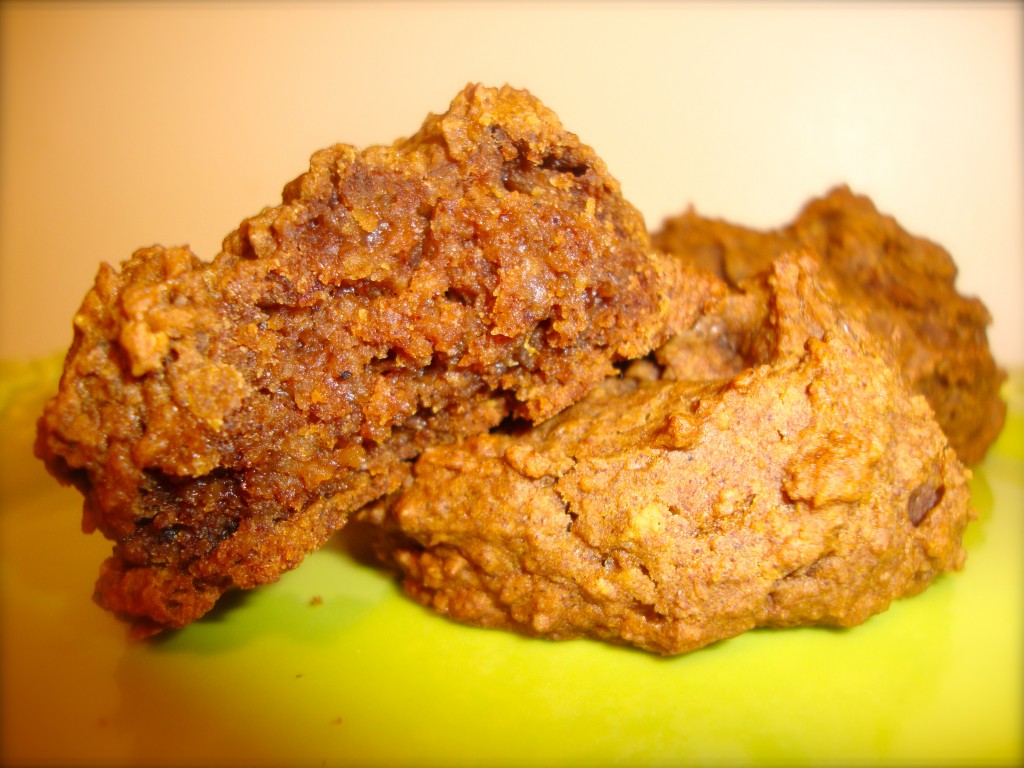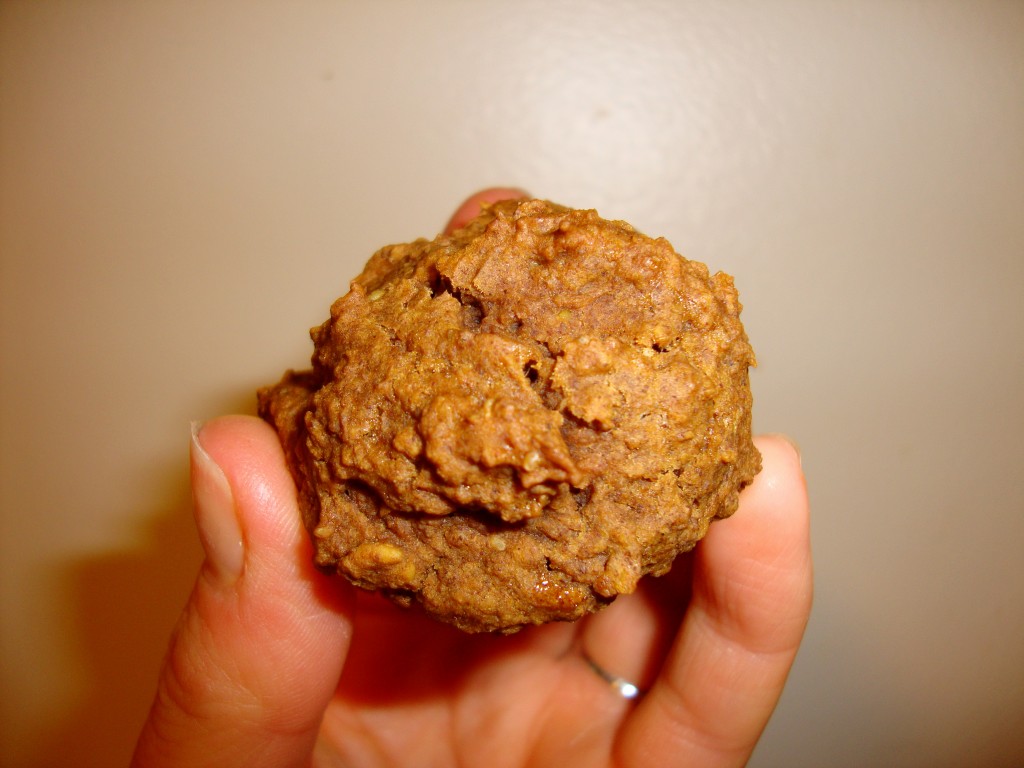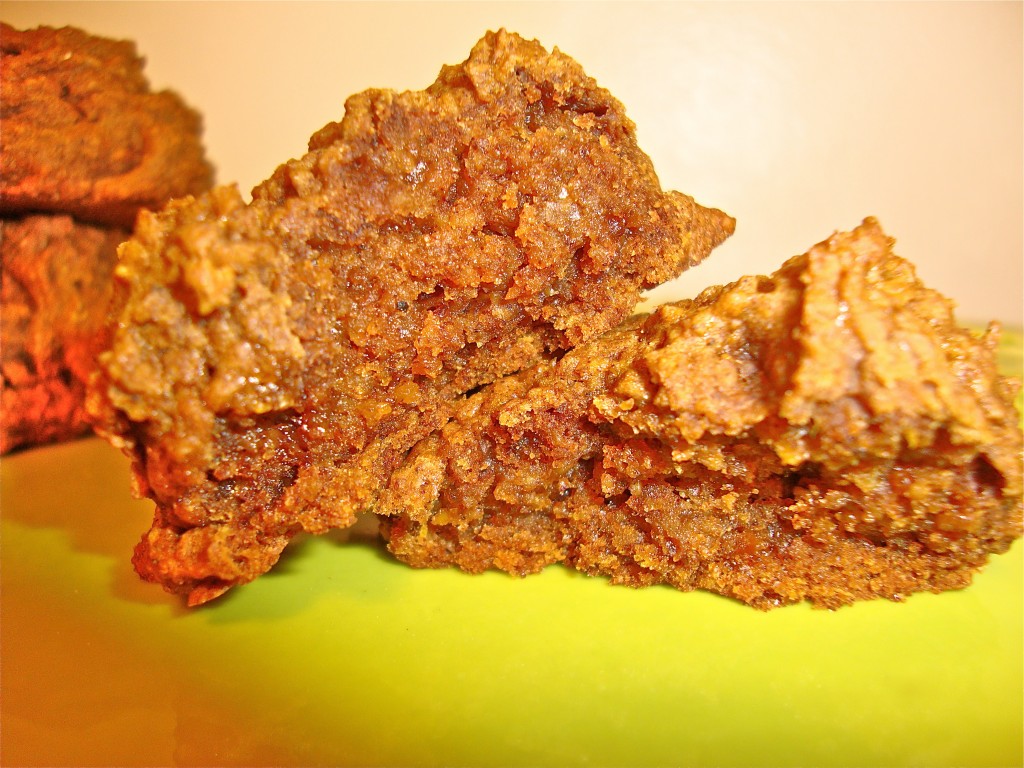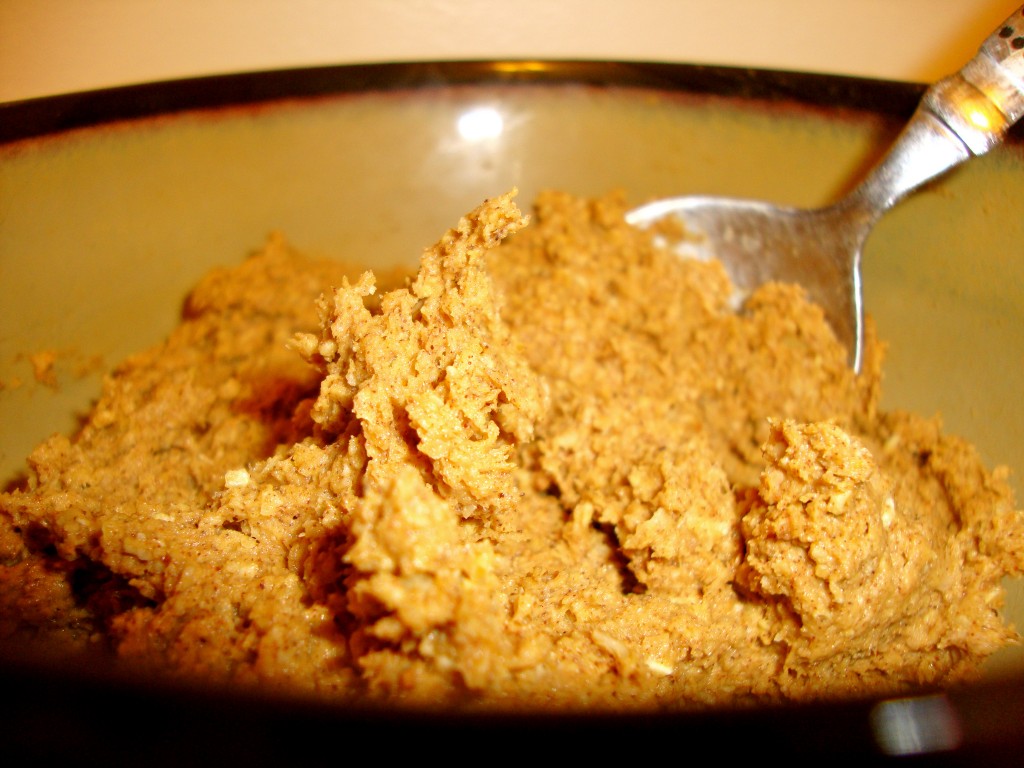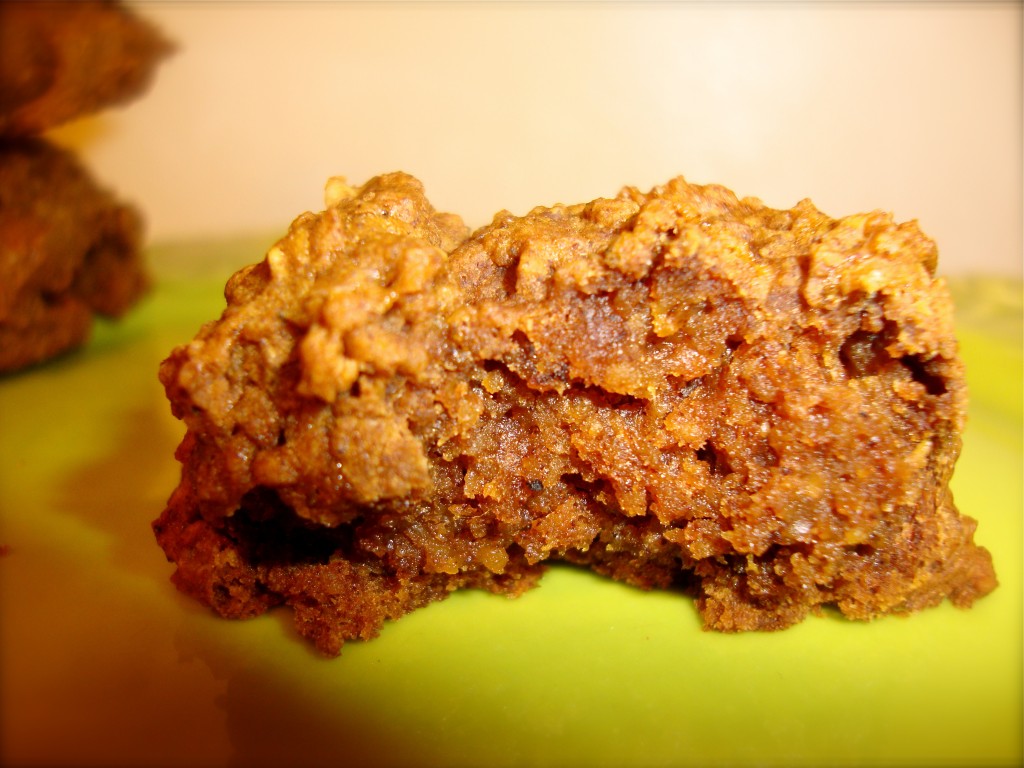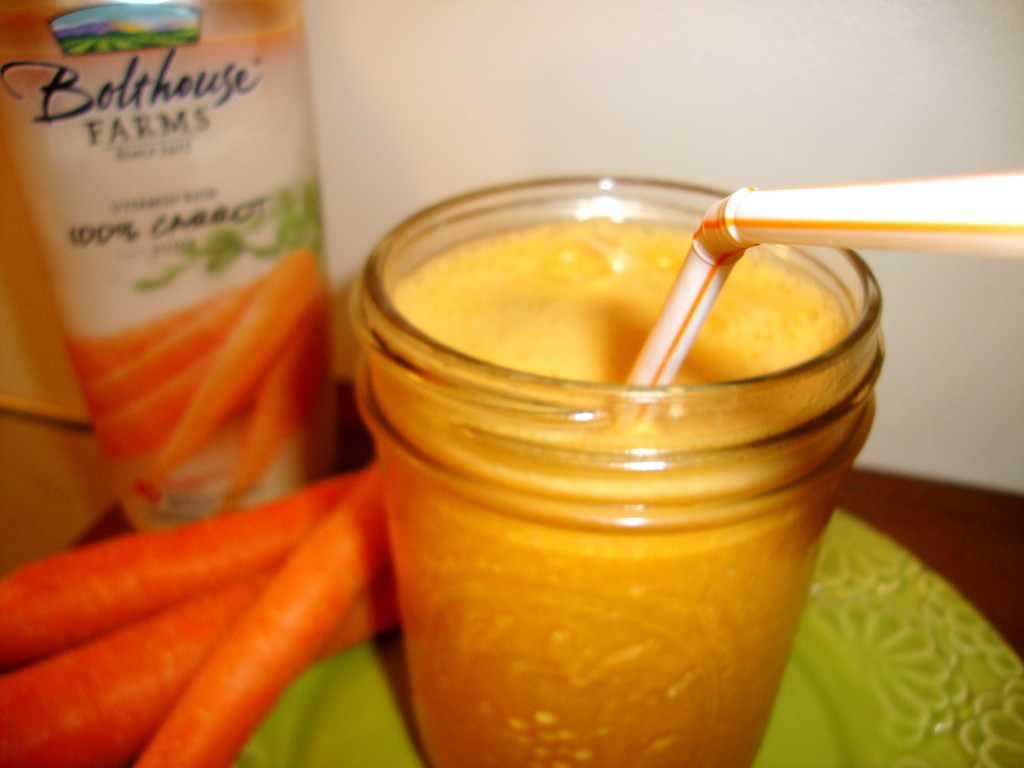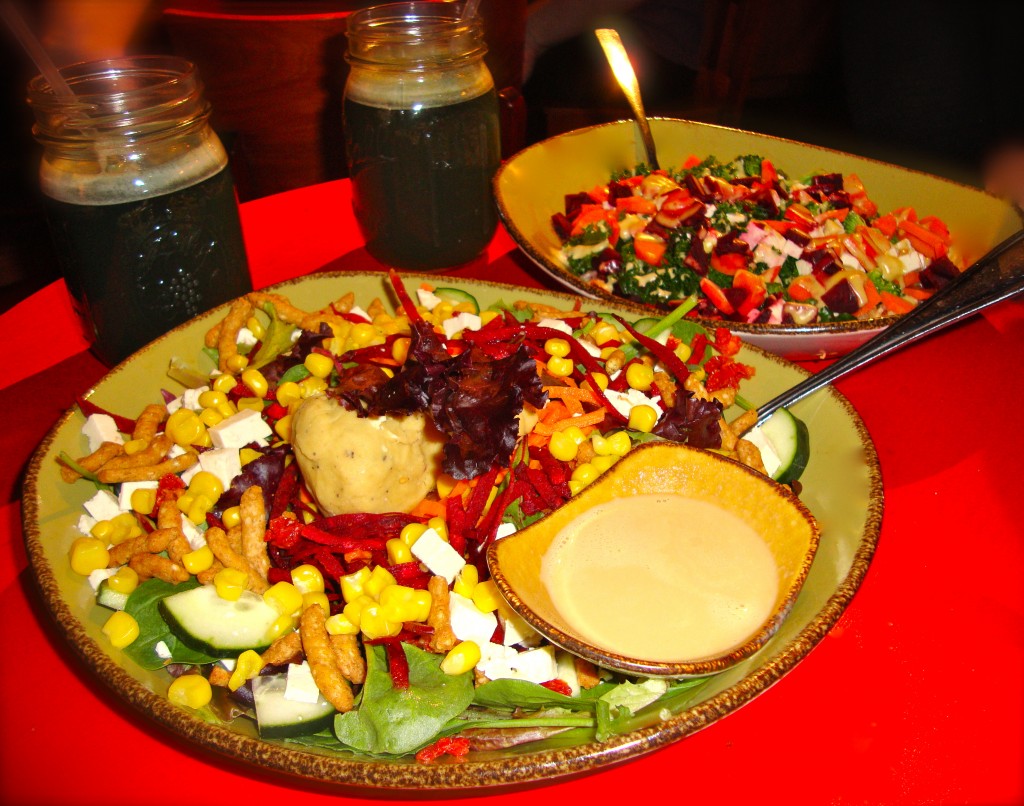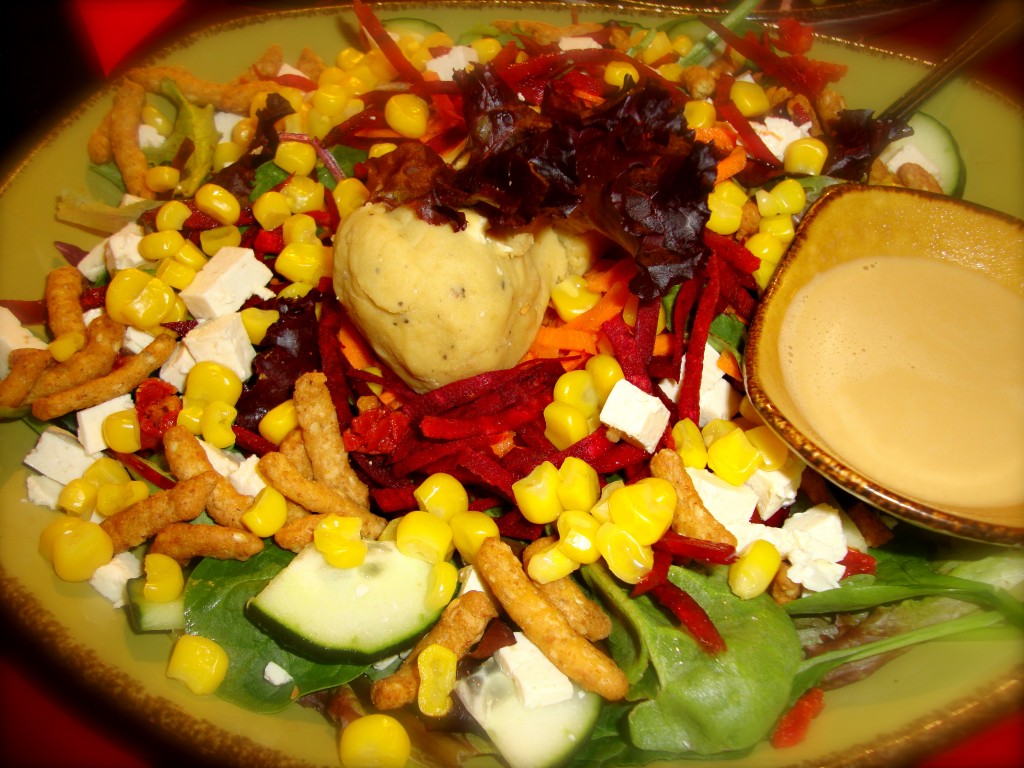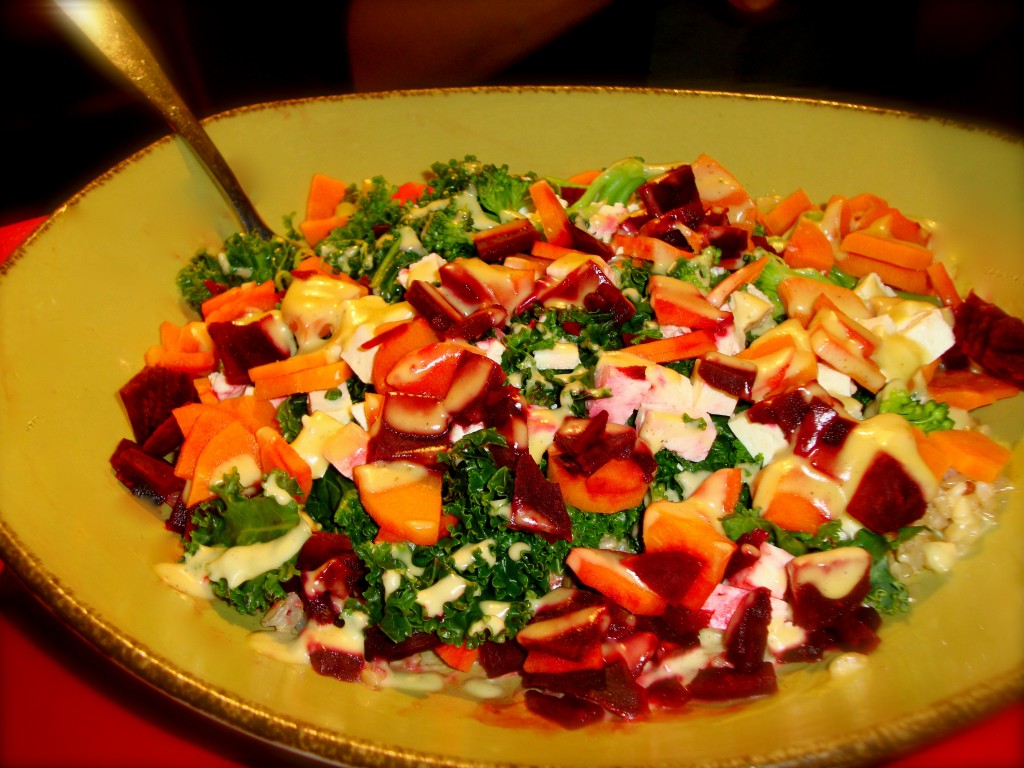
- Photo Credit: http://www.sheknows.com
x
“Organic-Shmorganic!”
Sound familiar?
Now, the last thing I want to do is get all “preachy-preachy” on you (Remember: I will always empower you to make your own choices based upon what’s best for your body and health) but I wanted to cover the importance of going organic in this post because I’m concerned people don’t know enough about the risky production of nonorganic crops using GMOs.
And I don’t blame you!
With all that’s wrong in the world these days…who wants to worry about the groceries they buy right down the street at their neighborhood supermarket?
Sadly…there’s a lot to worry about  .
.
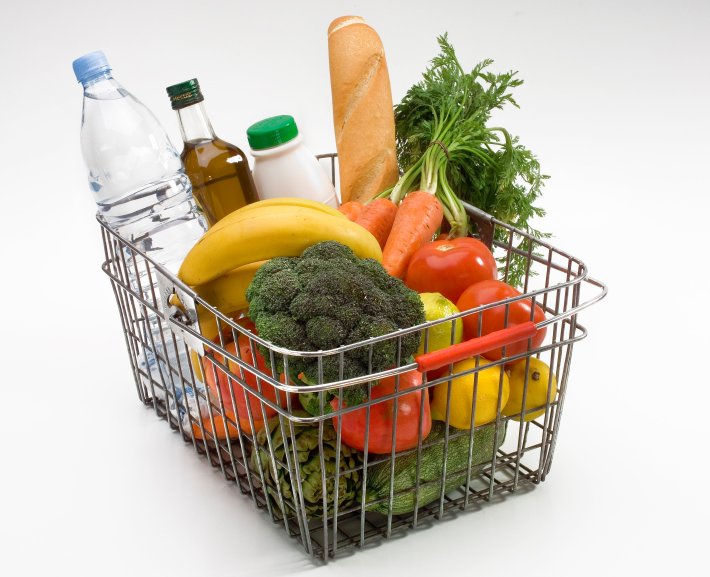
(Looks healthy...right?)
x
x
And I’m not just talking about the chemical-laden, processed junk that ends up in packaged foods (you already know that stuff is bad!). What is most worrisome is that you might already be working hard to follow a healthy diet FULL of fruits, vegetables, healthy fats and whole grains (like in the photo above)…but chances are you could still be unknowingly ingesting dangerous chemicals and toxins like pesticides, herbicides, and genetically modified organisms (GMOs).
x
So. What’s a GMO you ask?
Allow me to explain.
x
Genetically modified organisms (GMOs, or “transgenic” organisms) are the product of a laboratory process in which the genes from the DNA in one species is removed and then artificially injected into the genes of a completely unrelated animal or plant. Farmers genetically modify crops to increase their resistance to pesticides, herbicides, toxins, and viruses in order to increase production and ultimately, profit. These foreign genes forced into the organism can come from viruses, insects, bacteria, animals and even humans. Genetically modified products include foods/ingredients, vaccines, medicines, fibers, and feeds.
In 1994 one of the very first organisms–a tomato–underwent genetic engineering for consumer purposes. The tomato, called Flavr Savr, was designed to ripen on the vine, stay firmer than regular tomatoes (for easy transport), and to have a longer shelf life. During the same time period, a tomato was injected with genes from an Arctic fish so that the tomato plants could survive a frost– thankfully these “fish tomatoes” never made it into food stores. Later, a major biotechnology company discovered a bacterial gene which could make crops resistant to herbicides. This resistant gene was then forced into the genes of crops such as soy, corn, cotton, and canola. This was done only after the company accidentally discovered that a certain bacteria in a chemical waste dump was surviving even if exposed to herbicide. Now, soy, corn, cotton and canola are all victims of GMOs for increased production purposes– in fact, they have become some of the worst offenders.
This same company eventually released herbicide resistant and genetically modified soybeans, corn, canola, and cotton, and now over 1 billion tons of pesticides are used in the U.S. every year. Shockingly, 91% of all soy, 90% of all sugar beets, 88% of canola, 85% of all corn, and 71% of cotton crops in the U.S. are commercialized and genetically modified crops. People eat these ingredients every day– modified corn and soy are in almost every single processed food in the U.S. In fact, processed foods make up more than 80% of GMOs out there and a whopping 70% of all foods in supermarkets are genetically modified. I bet if you went and looked at some of the food labels in your very own cabinets…you’ be surprised how many contain these “genetically modified” ingredients.
x
So, now you might be thinking… “what’s the big deal? WHY are GMO’s so dangerous?”
x
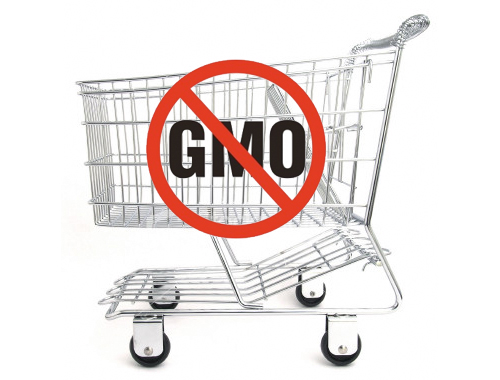
Unfortunately lack of research (because concern about the effects of GMO is still quite recent) is a substantial problem in itself. The reality is, we don’t know how harmful the long-term effects of GMOs will be.
What we do have, however, is evidence suggesting GMOs can lead to…
- Accelerated aging
- Decreased immunity
- Infertility/reproductive failure/birth defects
- Chronic fatigue syndrome
- Cancer
- Parkinson’s disease
- Allergies
- Dysregulation of genes that handle cholesterol synthesis, cell signaling, fatty insulin production, and protein formation.
- Changes in the spleen, kidney, and gastrointestinal system.
- Increased antibiotic resistance (meaning that certain antibiotics and medicines may not work as well against infection for people who eat genetically modified foods over time).
- Increase in plant, animal, and human diseases/mutations
- Increased number of pests/bugs
- Super weeds (as a result of becoming used to pesticides)
- Mineral-leeched, stripped soil
- Hazardous levels of chemicals and other products used to grow GMOs in the soil, water, and air.
x
And this issue goes one step further. If an animal is fed genetically modified feed and then a person eats that animal, they too will have inadvertently ingested those GMOs. Think about what and how commercial livestock and animals are fed and taken care of (if you haven’t already, please check out Food Inc.). Like humans, an animal’s organs, muscles and tissues absorb and make use of everything they eat– just like the human body (this includes good nutrients as well as toxins, pesticides, and other chemicals found in their feed). Then humans go and eat that animal’s meat and pass along whatever absorbed toxins the animal ate into their own bodies.
x
See the vicious cycle?
x
Another issue with GMOs is the cross-contamination risk to other crops. This is especially problematic for organic farmers who work so hard to stay that way, yet they may not be able to control a genetically modified seed from a neighboring farm being picked up by the wind and contaminating an organic crop– especially since it’s a 3-year process to convert land back over to organic status once considered non-organic.
Insects are also beginning to build up a resistance to presticides. For instance, mosquitoes have already begun to develop increased resistance to DDT. Other insects could start developing a resistance to GMOs as well, which will make it difficult to control insect damage and infestation.
Allergies are one more extremely harmful side effect of GMOs. When genetic material from one organism is introduced to another, there is the possibility that the GMO material can trigger allergic reactions in those who have allergies–which brings me to a completely different problem.
x
GMOs DO NOT REQUIRE LABELS.
x
In fact…even though 92% of Americans want the FDA to label GMOs and genetically engineered food…they are still refusing to do so.
Something’s pretty fishy about that…don’t you think?
This is especially dangerous because those who are at risk of severe allergic reactions may not know which foods to avoid. For example, if someone with a severe peanut allergy ate a food that was genetically modified using allergenic protein from a peanut, that person would be put at risk because there’s no label stating this. There is speculation that this is why peanut allergies are so common among young kids these days.
Many countries in Europe have already banned genetically modified foods, including Greece, Germany, France, Australia, and Luxembourg. However, the USDA has deregulated the use of many genetically modified crops. It doesn’t seem to make much sense, and fortunately people are starting realize that it’s their right to know exactly what they are eating. Because no one can be 100% certain how to completely remove genes from a species of GMOs once they are introduced, GMOs are starting to gain a lot of negative attention from those in health fields who find them harmful and risky.
x
Scary huh? So what’s a person to do?
x

x
GO ORGANIC.
x
There is only one label you should be worrying about– and that’s the USDA Certified Organic seal.
If a food has the USDA Organic label, then this ensures the product is made up of 95% organic content, has not added sulfites, and has been processed according to the USDA standards. Food that is 100% organic is labeled as such; 100% Organic  . Organic produce has a 5-digit PLU (price look-up) code that begins with a 9.
. Organic produce has a 5-digit PLU (price look-up) code that begins with a 9.
When a product says it is “made with organic ingredients” however, this means that the product contains only 70% organic ingredients and therefore cannot have the USDA organic seal on its packaging. A four-digit code that begins with a 3 or a 4 means the produce is probably conventionally grown.
Lastly, don’t be fooled– natural DOES NOT MEAN organic! Natural foods may not contain preservatives or additives, but they are not regulated and can be grown using GMOs and pesticides. A five-digit code that starts with an 8 means the product has been genetically modified.
(Click here for more detailed information on the National Organic Program and here to visit the Non-GMO shopping website).
Now, I know there’s a lot of information in this post, but I hope it gets those wheels in your head turning. Everything I’ve discussed is just the tip of the iceberg. While “organic” has had a certain “crunchy-granola” stigma attached to it in the past…it’s certainly becoming more and more mainstream now that people are learning about the harmful food industry practices out there. After all, you probably wouldn’t actively choose to buy an apple that was injected with hormones to make it grow larger or choose to spray down your food with chemicals before you ate it would you? I know I sure wouldn’t!
And that’s exactly why I’d like to know where my food comes from– so that way I can avoid these unadvertised GMOs! And yes… while I know organic foods can be more expensive than mass produced products (thank goodness it’s farmer’s market season), I think it’s a small price to pay so that you know what you’re getting is 100% healthy, good-for-you food.
I’m not expecting to change the world (although I’d like to!), but if you come away from this article wondering about or having learned just ONE new thing…I’ll be happy.
Remember…
When it comes to your health…you’re worth every penny! 
x
Healthfully yours,
Ashley Michelle
x
P.S.- To sign the petition or to learn more about the movement to get genetically engineered products labeled, please click here.
Sources:
Time magazine
Livestrong: Risks and Side Effects of GMOs
Natural Awakenings Magazine: The Truth about GMOs: Plant pathologist Don Huber Reveals the Risk
Extraordinary Health Magazine: USDA Certified Organic: What are your Products Wearing?
Huffington Post: Explained-What are GMOs
Human Genome Product Information: What are Genetically Modified Foods
Consumer Reports

![]() )
)![]()
![]()
![]() )
)
